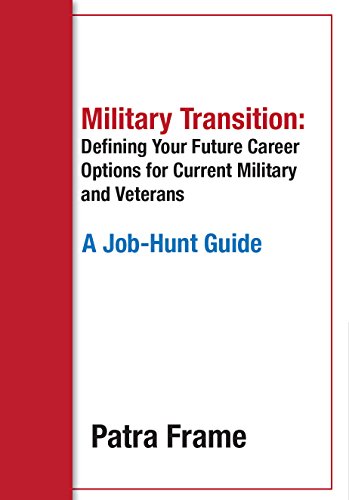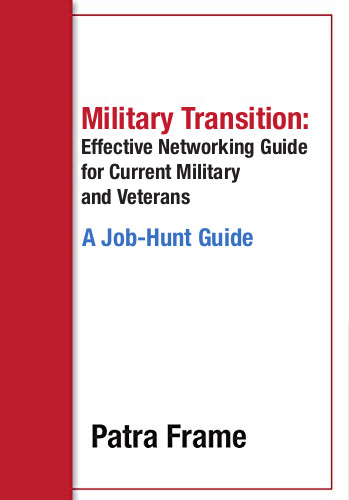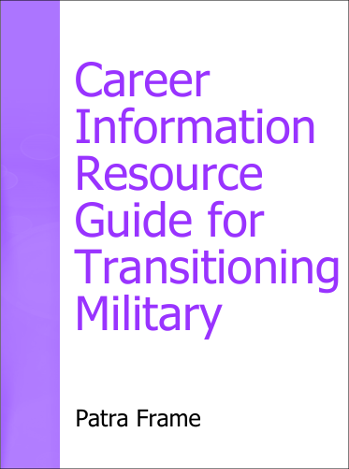A resume is an advertisement designed solely to encourage an employer to contact you.
You know you need to tailor your resume for specific opportunities. Perhaps you already know how much easier this is when you have one complete “master” resume that includes everything important? Then you can easily draw from it as needed.
It is also smart to have a one-page high level version you can use in conversations with existing connections and as follow-up with new contacts. This does not need to cover everything you have done in the same detail as your normal resume. It should be a document that highlights what you want to do, your preferred market, and demonstrates your value clearly. A well-placed quote about a specific achievement or your prime attributes helps too. Consider using a headline on it as well – to remind your contacts of your focus – say: Effective Federal IT Business Developer or Mobile Applications Design and Development. Leave this version after meeting with the person or email it to them after a conversation.
Resumes for Employers and Specific Jobs
1. Focus, Focus, Focus
Before you create your resumes, focus on the work you want to do and the organizations you want to work with. Be specific! Review and rework your past achievements to support your future goals. Then you can create an effective resume which demonstrates how you will contribute to the job and your target employers right now. And that is what employers want to know!
2. Start with a Professional Summary, skip Objectives.
Summaries show experiences, skills, and attributes as they apply to the employer’s needs. Create your summary by highlighting your most relevant 2-3 strengths. Go for clear and concise to grab the reader’s attention. Don’t show total years work experience – this mostly makes it easy to exclude you as hiring managers may think you are too expensive or too set in your ways. Do as bullets or a short paragraph. Examples:
- Team leader, known for developing and retaining highly productive technical staff.
- Award-winning web designer recognized by clients for excellent ability to meet user needs.
- Project manager recognized for client relationship building skills, on-time and on-budget performance.
If appropriate to your work, add the critical technical skills you have as a list underneath.
3. Show Your Achievements.
Tell what you actually did so an employer can see what you can do for them. Detail situation/task, actions, and results (STAR). Quantify what you can. You want each bullet to be a story which is highly relevant to your target employer and job. If you are in career change mode, be sure you clearly detail relevant transferable skills – do not expect your target to make the connections.
- Took over failing contract; within 90 days built effective customer relationships, improved critical metrics, closed all overdue items, and led team to successful re-award.
- Established social media program which enhanced membership value and lead to higher product sales.
- Developed ‘big data’ health care analytic tools to assess core skills needed for future.
4. Tailor the Resume to the Opportunity and Organization.
Use the keywords that are current for your field and for the specific job/employer. Keywords are those specific to your field, similar jobs, and the employer’s terminology. You can find keywords in job ads, target employer websites, and industry publications.
Focus on your achievements which are most relevant to the target employer. Leave the rest for your social media profiles or use in interviews.
5. Get the Basics Right.
- Make it easy to read: plenty of white space, easy to read font in 10-12 point type, bullet points, limited formatting.
- List name, one phone number with voice mail, one email address, and links to relevant social media/portfolio URLs.
- Two pages max! (One page if you have less than 10 years experience.) Most preferred format is reverse chronological with current job shown first. For most jobs, if you go above 2 pages, hiring managers will think you lack focus on what is really important.
- Dump jobs that are more than 12-15 years ago or create a simple summary sentence for those you feel you must keep.
Once you have a resume you think is close to ‘ready’, seek out people you know to review it and ask for feedback on how clear it is, what they think you may have forgotten that is valuable, and grammar or spelling errors. If you have the opportunity for a professional review – at one of your industry events or a job fair or other such, take it. Sure you will hear a variety of ideas from different people! But take the ones that make sense and use them.




